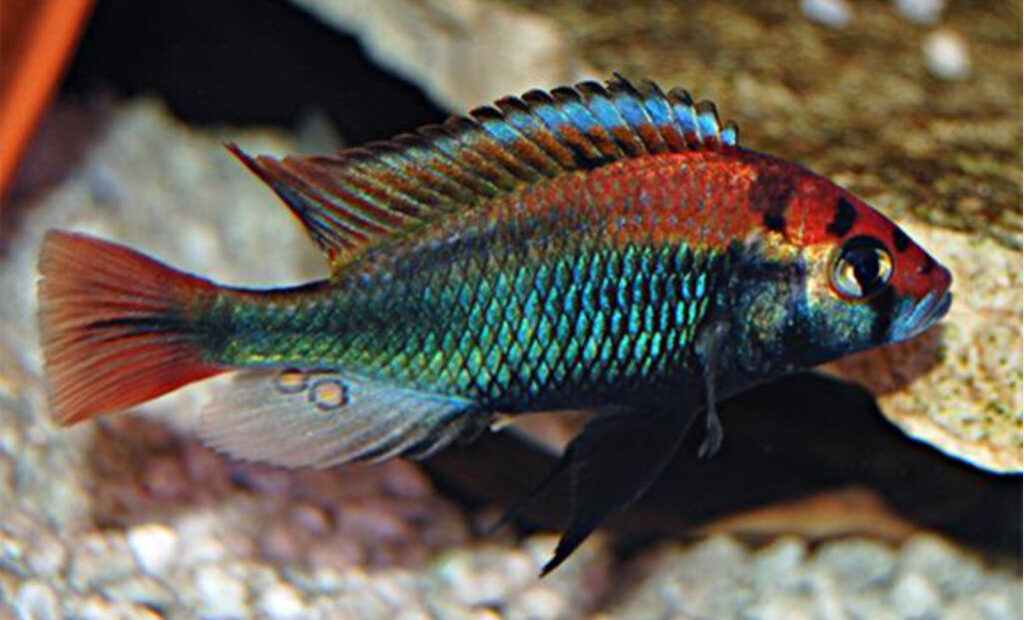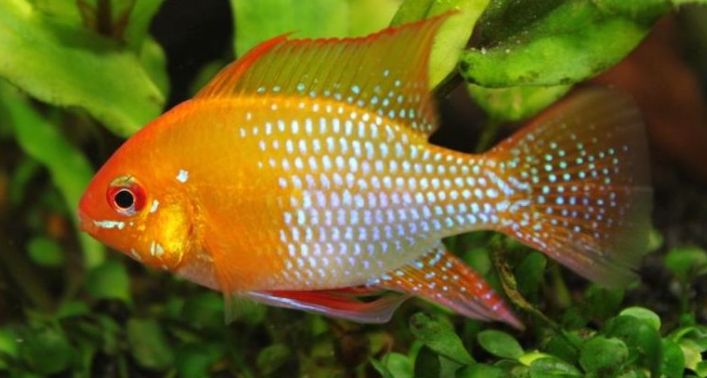If one is unbagging fish from a fish store an hour or two from your house the method of unbagging you use is immaterial. You can cut open the bag immediately and simply “cut, pour, plop” into your quarantine aquarium, or you can use any one of many “gradual acclimatization schemes” that can be found by a Google search. The exact method is not important.
It is a myth that one MUST acclimate fish in a store bag slowly to the parameters of the new aquarium’s water. It is perfectly acceptable to take the bag from the store, cut it open completely, pour the bag water and the fish into a net positioned over a bucket, and plunk the fish into the quarantine aquarium (“cut, pour, plop”). It is important not to pour the store water into the tank. The store water can have thousands of infectious pathogens which will not be good for the aquarium. But the fish will be fine.
For more on the science behind this and a thorough test of it go to this like
4.8. Stability isn’t Important

“Cut, Pour, Plop” Method of Unbagging
But if you get a fish in who has been shipped to you and which has been in a bag for one or two days, the method used to unbag becomes important. All the authorities on YouTube (Rachel, Joey, Jenny, Tom, Jay, Corvus, Tazawa, Cory, Ben) and suppliers like Tampa Bay Cichlids, Live Fish Direct and PetSmart recommend the “cut, pour, plop” method, with good reason.
Virtually all the authorities say that when removing fish from a shipping bag do it rapidly. The authorities recommend cutting the bag top off and rapidly pouring the fish into a large net over a bucket. Then rapidly put the fish in the net into the aquarium. This is the “Cut, Pour, Plop” method as coined by Rachael O’Leary. The whole thing should be done in seconds.
Note this is a change which has come about just recently to the recommended practices for freshwater aquariums and some websites still have outdated methods on them. Also, some websites have instructions for saltwater fish which remain gradual acclimatization.

Here is a comment from social media:
“I purchased 12 cherry shrimp from a mail order company I order from frequently. I tested the tank water first and all levels were good. My aquarium already had tank mates for a couple months that were doing well so I was looking forward to adding these cute shrimp!
I placed the bag in with the tank water for 30 min to acclimate, then gently poured the shrimp into a clean bowl. I set a timer and started adding a few ounces of tank water every 5 min. By the time I added the 3rd round of tank water, the shrimp started having convulsions. Bouncing around like crazy and having a hard time moving. They all died. Every single one. I felt awful and I don’t know what happened or what I did wrong! I have since added many other shrimp with no issues. Anyone have an idea of what could have happened to the cherry shrimp?”
This unfortunate person used “gradual acclimatization” and killed their shrimp as a result.

The Science Behind “Cut, Pour, Plop”
The reasons for this are somewhat complex but on firm ground. A bag full of fish or shrimp was filled with oxygen where it originated. Fish produce carbon dioxide and ammonia during shipping. The carbon dioxide dissolves into the water in the bag and produces carbonic acid, which lowers the pH considerably. This is exactly what the shipper of the fish wants.
Since the higher the pH the more toxic ammonia is, the low pH produced by the CO₂ has protected the fish from ammonia poisoning. Water at a pH of 6.0 has only 10% of the poisonous free ammonia gas of water at a pH of 7.0.
Let’s say you have a bag of fish that has taken 48 hours to get to you. The fish is now in water filled with a large amount of harmless ammonium and a tiny amount of poisonous ammonia gas with a pH of 6.0 (carbon dioxide in the water lowers pH). Now you “acclimate” the fish by trading out half the water in the bag with water from your aquarium at a pH of 8.1.

Because of something called “buffering” this will give you water in the bag at a pH of roughly 8.0. This two-point increase in pH from 6.0 to 8.0 makes the level of poisonous ammonia gas one hundred times greater in the water in the bag.
With many of the “gradual acclimating” methods the fish would be left in this poisonous water for up to half an hour before finally being released into the aquarium. And many fish then became very stressed because of ammonia poisoning. The fish may even die.
Note that shrimp are much more sensitive to ammonia gas and very commonly die during “gradual acclimating”. What is somewhat sad is that the conclusion most hobbyists reach when their shrimp die is that the did their acclimatization too fast. In truth, it was exactly the opposite. They did it too slow. Way too slow.

Floating the Bag
As we talked about in the article on stability, fish in the wild are constantly experiencing rapid temperature changes. So, don’t float the water bag. Floating will typically just stress the fish out and typically the metabolism of the fish will then increase in a bag where the oxygen is probably running out. This is not good and is not necessary.
Preparing the New Aquarium
One thing that people often miss is preparing the aquarium to accept the new fish. Aeration of the receiving tank is important. If the fish have been shipped to you in bags, they probably have a bloodstream which has compromised oxygen carrying capability. Because of something called the Bohr/Root effect the high levels of carbon dioxide in the bag water reduce the oxygen carrying ability of the fish’s blood. In a bag with 100% oxygen in it the fish have no problem. Put them into an aquarium where the aeration is even a little low and the fish can have a problem.

So it is always best to add a whole bunch of air stones and a big air pump to any aquarium which is receiving fish which has been shipped. It is best to put these air stones in well before the fish arrive to get the aquarium prepared. This also applies to quarantine aquariums.


